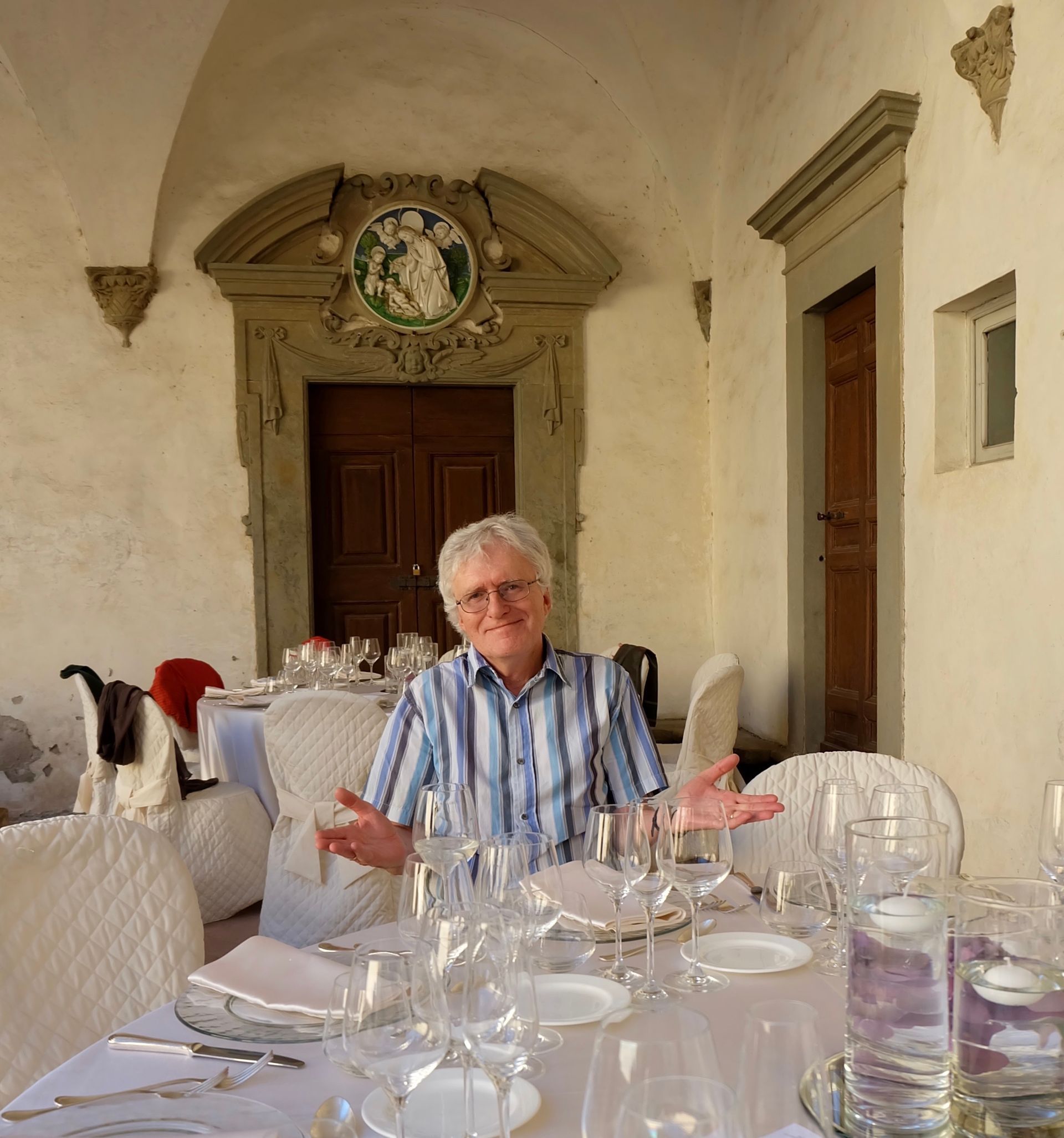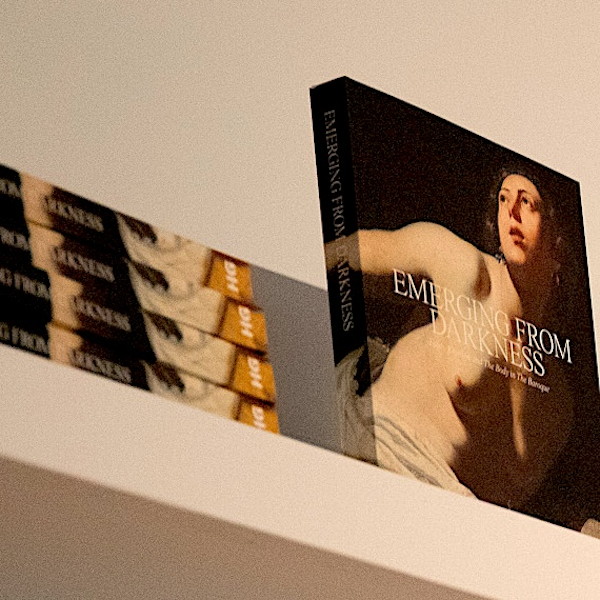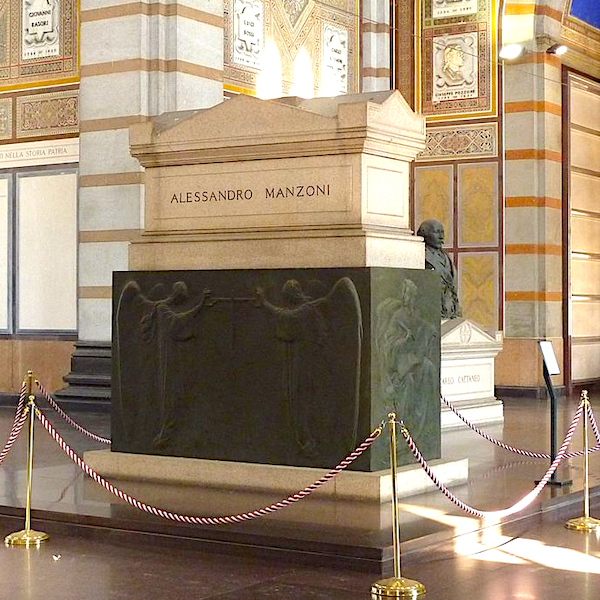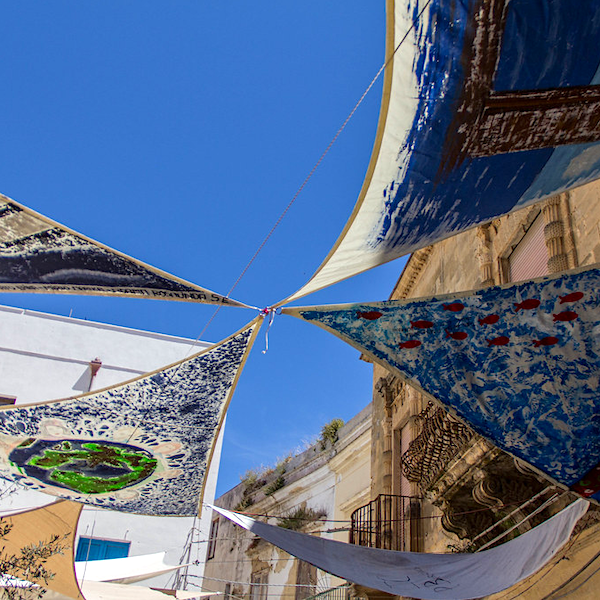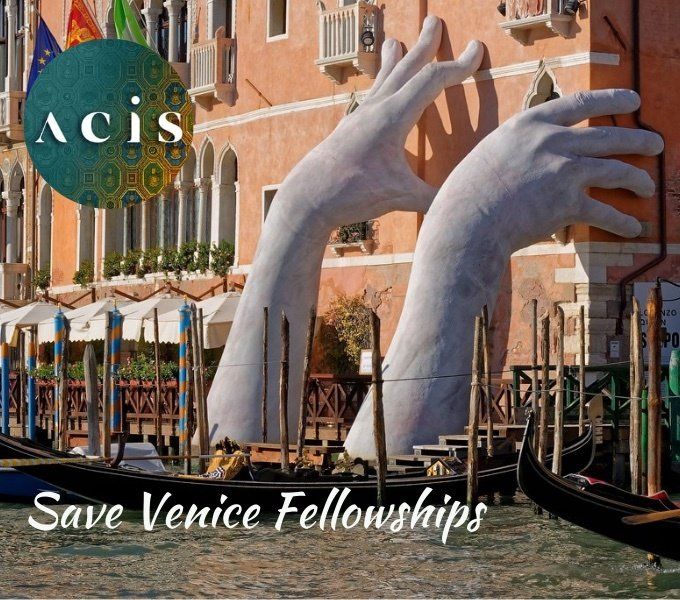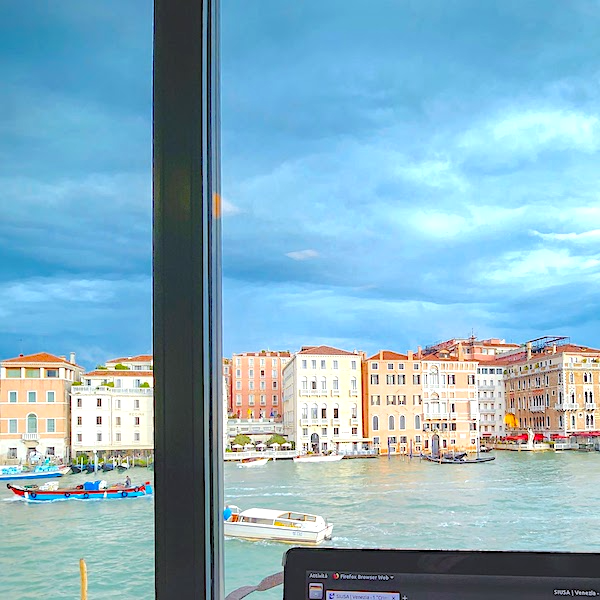‘Tied with indissoluble chains’: Languages of Exile and Imprisonment
Lisa di Crescenzo and Sally Fisher write ...
The inaugural Annual Symposium of Monash University’s Centre for Medieval and Renaissance Studies (CMRS),'”Tied with indissoluble chains”: Languages of Exile and Imprisonment in Medieval and Renaissance England and Italy’, was held at Monash University on 24 April 2015. The theme was born out of shared research interests, and the enthusiastic response from speakers and participants confirmed both scholarly and general interest in a sustained enquiry into languages of exile and imprisonment in Medieval and Renaissance England and Italy. Susan Broomhall (UWA) gave the plenary address, followed by Stephanie Downes (Melbourne), Helen Hickey (Melbourne), Amanda McVitty (Massey University, NZ) and Natalie Tomas (Monash). Papers by Lisa Di Crescenzo and Sally Fisher completed the programme. Analysing sources such as letters, legal documents, chronicles and poems, the speakers interrogated the writing of the experiences of exile and imprisonment in fifteenth- and sixteenth-century England and Italy, exploring how the physical and interior experiences of these states were negotiated, reshaped and performed, and the intersections and oppositions between them.
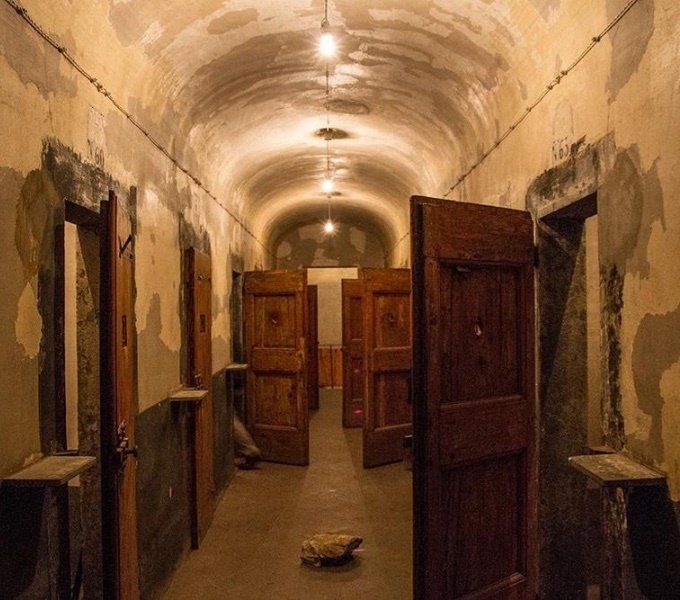
The ex Convent of Santissima Annunziata delle Murate, Florence. Photo Alessandro Naldi, courtesy The Art Tribune
Three papers had as their focus women and exile in Renaissance Italy. Susan Broomhall opened the Symposium with an analysis of the affective language of exile in the letters of the queen and regent, Caterina de’ Medici. Drawing on the queen’s formative experience of imprisonment, as an orphan aged seven, by the city’s officials in the Florentine convent of Santissima Annunziata delle Murate, Broomhall’s paper brought into close focus the profound impact this three year confinement within the convent walls exerted upon Caterina’s adult life, before her imprisonment was ended with her forcible removal in late August 1530. Although she would never return to Florence following her marriage to the Valois prince Henri (later Henri II of France), Caterina re-cast her girlhood experience of incarceration into a vision of emotional refuge. Fluently and subtly weaving through Caterina’s letters to the women of Le Murate, Broomhall demonstrated how the language of nostalgia, gratitude and longing, not for home, but for the affective community of the convent, recast the queen’s imprisonment as a girl into a particular vision of an emotional and spiritual refuge from which she drew strength as a woman in her life lived in exile from the Florentine homeland.
In the session ‘Women and Exile, and Strategies of Authority and Identity’ Lisa Di Crescenzo presented the second of the Symposium’s papers to examine the language of exile in Renaissance Italy. In her ‘Departing Hell and Entering Paradise: Motherhood Vignettes of Exile and Reprieve’ she analysed the performative and emotive articulation of exile’s all-consuming fear of loss in the correspondence of Luisa Strozzi to her sons. Immersed in the double trial of exiled menfolk and widowhood, Di Crescenzo argued, Luisa was transformed into a neurotic and embattled manipulator of the pervasive patriarchal authority of the family. Analysing Luisa’s epistolary weapons of melancholic lamentation and corporeal suffering in the maternal and filial tug-of-war over her imperilled patrimony: part of exile’s legacy of ruin, Di Crescenzo identified the emotional stages of exile’s material and psychological menacing of this Strozzi widow as interlocked within her long life cycle.
In the same session Natalie Tomas’s paper, ‘A Stranger in a Strange Land: The Medici Duchess Who Ran Away From Home’, brought to light a hitherto unknown document about the Medici duchess, Giovanna of Austria, who exploited her absence from her homeland to legitimise a claim for greater control over the Florentine court. Weaving across the principal themes of gender, nationality and identity forged in a strange land, under Tomas’ analysis, exile was examined as a sense of place and a feeling of alienation for a foreign Medici duchess who considered herself a stranger out of place in the Florentine court.
Megan Cassidy-Welch, the Acting Director of the CMRS, and Carolyn James oversaw the closing remarks and roundtable, drawing together some of the themes identified during the day. Cassidy-Welch invited the speakers and audience to consider the multifarious nature of exile and imprisonment; for example, as political, cultural, and affective categories, and as encompassing place and space, and bodily and interior worlds. Importantly, the roundtable provoked a consideration of the implications of exile and imprisonment upon vernacularities; of discarded languages and new ones learned and adopted in their place. Provocatively, discussants pointed to the ways in which speech itself could function as a form of linguistic exile or imprisonment. Overall the day highlighted the value of the enquiry into languages of exile and imprisonment, with the papers and enthusiastic discussions illuminating areas warranting further exploration, whilst also suggesting new modes of analysis of these themes.
The symposium was organised by CMRS PhD candidates Lisa Di Crescenzo and Sally Fisher, sponsored by the CMRS, the School of Historical Studies (Monash), the Monash Postgraduate Association, The Bill Kent Foundation Fund and the Italian Chamber of Commerce and Industry, Melbourne, with support and contributions also coming from the Royal Studies Network and the Australasian Centre for Italian Studies (ACIS).
